In summer, the temperature is high and the humidity is high, so the food materials are more likely to deteriorate and not fresh.
Shopkeepers selling livestock and poultry meat and eggs, fish, shrimp, crab and shellfish, soy milk, fruits and vegetables actually have a set of small secret recipes to pick out fresh ingredients.
Nutritionist Liu Pingping, according to his professional knowledge and daily experience, will share with you the method of judging the quality of food materials through small skills such as [seeing, smelling and touching]. He will also say that when these foods are stored, he should pay attention to some what.
Meat of livestock and poultry
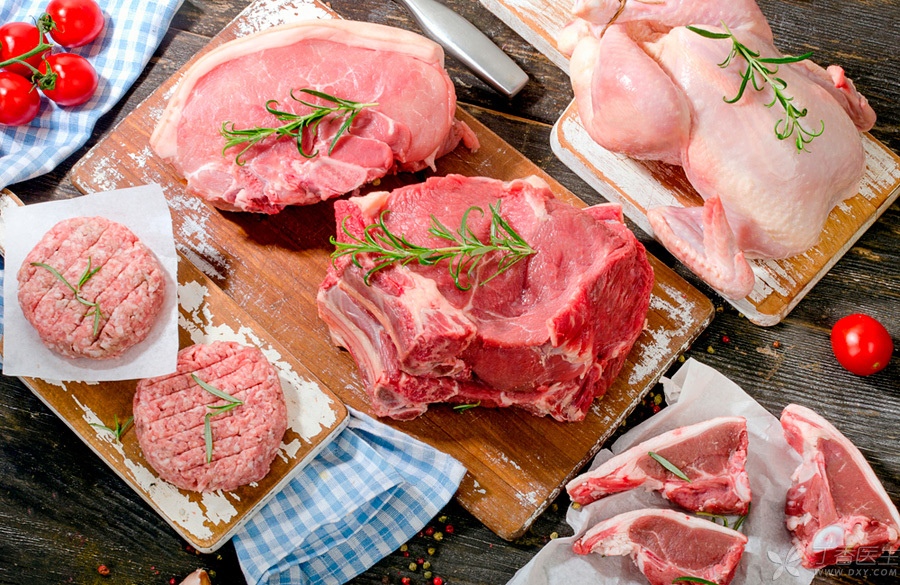
Look at
Fresh meat has luster, uniform color and white fat. Fresh beef and mutton may appear pale yellow.
The muscle of stale livestock meat is dull, the fat is gray-green, and the stale poultry meat is dark red, light green or gray.
Smell
Stale meat will have an unpleasant foul smell.
Touch
Fresh meat is slightly dry or moist in appearance and does not stick to hands. Stale meat is extremely dry or sticky on the outside.
The depression of fresh meat after finger pressure recovers immediately. The depression after finger pressing of stale meat cannot be recovered.
Storage
If the meat cannot be eaten at one time, it should be divided into small pieces, bagged separately, and then frozen in the refrigerator. This can prevent a large piece of meat from being thawed and re-frozen repeatedly.
Considering that preservation after cooking does not have that great influence on the flavor and taste of the meat, it is even more [tasty] in many cases, and even consideration can be given to cooking the meat before preservation.
Vegetables
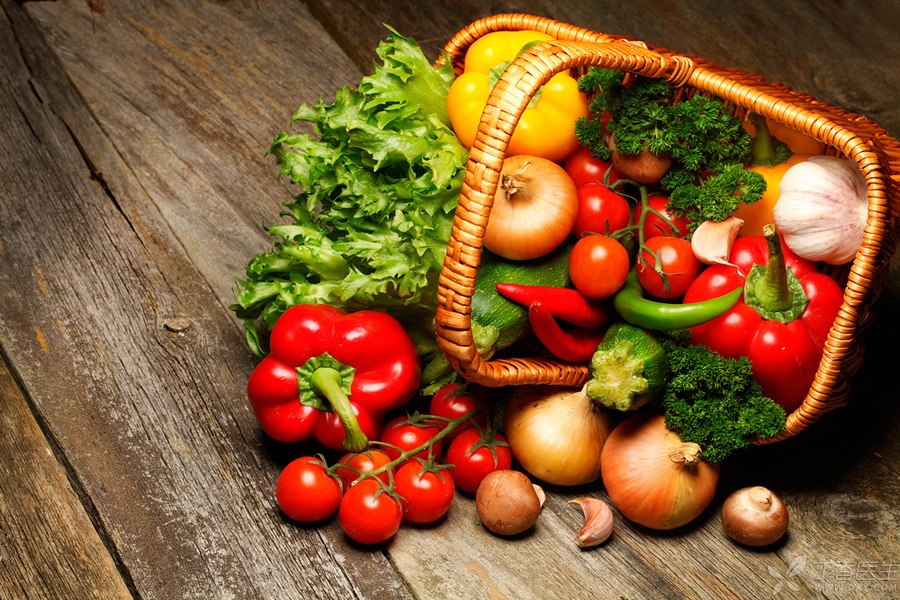
There are many kinds of vegetables, and different kinds of vegetables have different selection methods. Say some of the most common ones.
Green leafy vegetables: The whole vegetable is neat in shape, thick green in color and luster, with leaves that can spread well and stems that are easy to cut off. The leaves of stale green leafy vegetables wilt, yellow, even rotten, and sometimes have leaf damage.
Celery: Fresh celery is straight and complete, and its stems are easy to break. Stale celery leaves fade, soften, even yellow and rust.
Cucumber: Fresh cucumber with flowers, prominent thorns, not easy to rub off, melon body hard; Most of the stale cucumber flowers have fallen off, the thorns of the cucumber are not prominent, and the cucumber body wilts when pinched
Carrots: Fresh carrots are uniform in color, natural and bright, smooth and full, and feel heavy. If they have leaves, they are often verdant in color. Stale carrots have scars on the surface, which feel wilting and slightly lighter in weight.
Beans: Fresh beans are bright green in color, full and heavy, and easy to pinch off at both ends. Stale beans are yellow in color and feel light and floating.
Generally speaking, the simple general principle is very [superficial] but quite useful, that is, it looks pleasing to the eye, fresh and good-looking.
It is best to buy as much as you eat. If you buy more, it is best to pack it according to the amount you eat each time, then wrap it in a fresh-keeping bag, and finally put it into the refrigerator for refrigeration.
Green leafy vegetables can only be kept for about 3 days, and other vegetables should be eaten as much as possible within a week.
Fish and shrimp
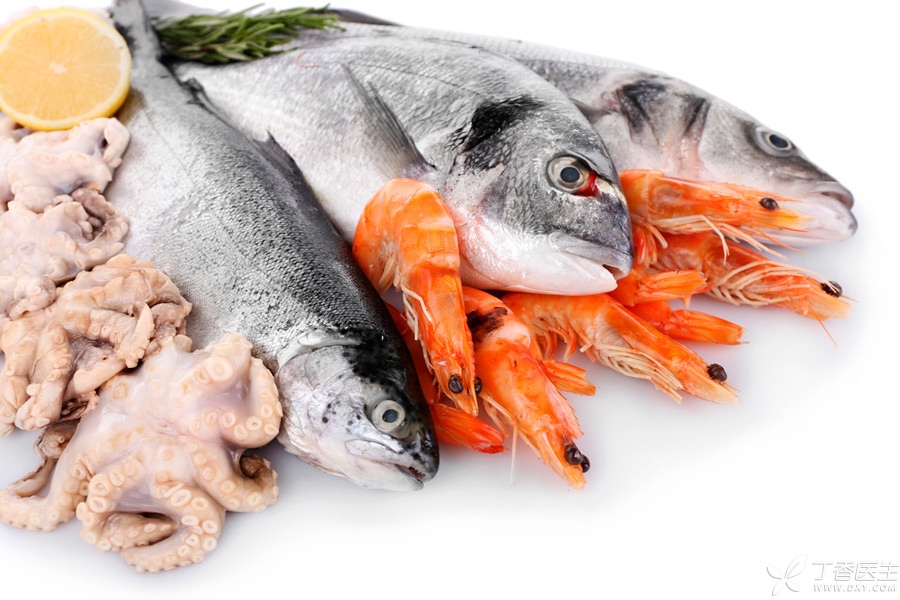
Look at
Looking at the fish eyes, the fresh fish eyes are full, prominent, transparent and clear. Stale fish have flat or slightly sunken eyeballs and appear turbid.
Look at fish scales, they should not fade or turn black, and their edges should not be dry.
Look at the fish gills. The gill filaments are bright red and there is no milky mucus on them.
Look at the shrimp meat. Fresh shrimp meat is translucent and shiny.
Touch
Fresh fish and shrimp meat should be elastic and not stick to hands when pressed.
Smell
Fresh fish and shrimp smell fresh and have no fishy smell, sour taste or ammonia taste.
Storage
When the temperature is about 30 ℃, more histamine will be formed in the process of fish corruption, which will cause allergic food poisoning. Be sure to select fresh fish and refrigerate or freeze them in time.
Crab shellfish
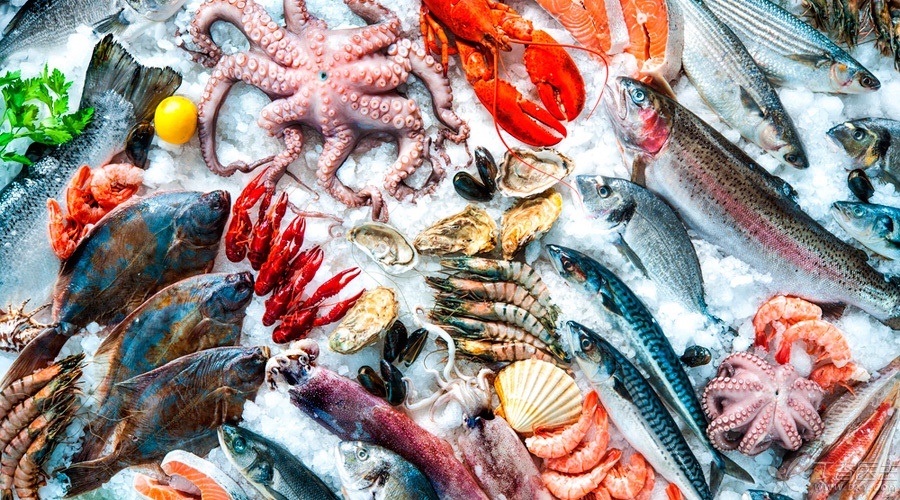
Look at
Avoid shellfish such as clams, oysters and mussels with cracked shells.
Touch
For shellfish such as clams, oysters and mussels, when touched, the shell will quickly close.
Moreover, the legs of live crabs and lobsters should be more flexible.
Storage
For those that will be eaten within two days, they can be temporarily refrigerated, otherwise they should be wrapped and put into the refrigerator for freezing. During storage, attention should also be paid to separating raw and cooked products to avoid cross contamination.
For frozen seafood products, the following principles should be paid attention to when selecting:
- Avoid frozen seafood whose packaging has been opened, torn or damaged. Avoid frozen seafood placed on top of the freezer. Avoid frozen seafood with frost or ice crystals on the packaging, as it may mean that the food has been stored for a long time or has been thawed.
Eggs
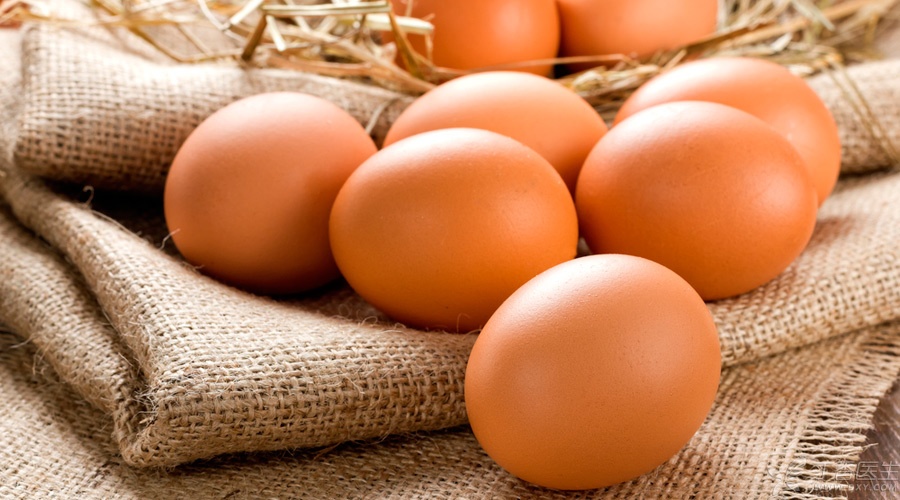
Look at
Fresh egg shell is firm, complete and clean. The eggshell of stale eggs is gray-black or spotted and cracked.
Touch
The surface of fresh eggs is often covered with a layer of powder, which makes the hands feel astringent.
Weigh in hand
Fresh eggs feel heavy. Stale eggs feel light and floating. If you shake them, you can obviously feel the yolk shaking.
Photograph
Fresh eggs are reddish when viewed by light. Stale egg light is opaque or has grayish brown shadow when seen through.
Storage
Eggs generally do not need to be cleaned.
It is best to put eggs in the refrigerator for refrigeration in summer. This is because fresh eggs can usually be stored for more than 2 weeks at 4 ℃ in the refrigerator. Storage at room temperature in summer has a shelf life of only about 7 days.
Tofu
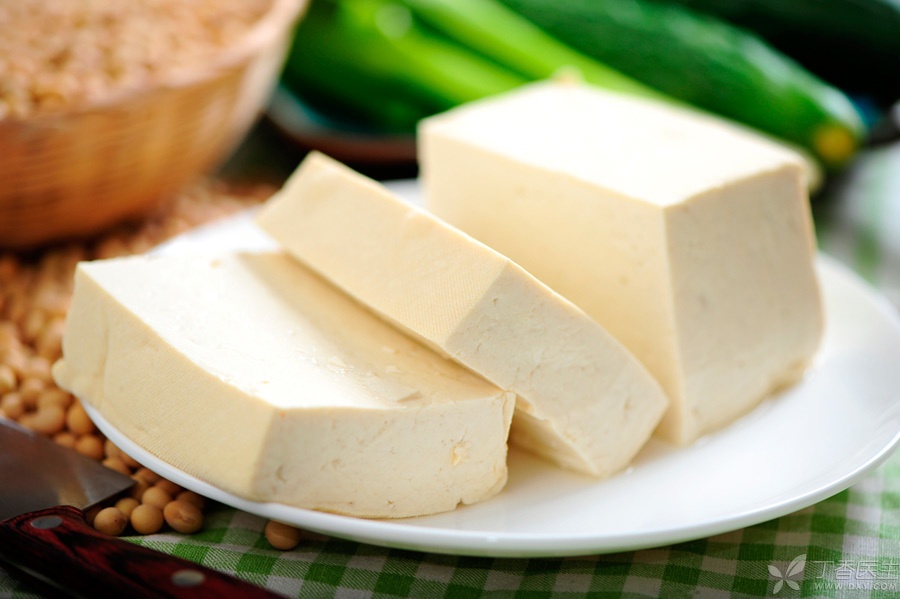
Look at
Fresh tofu is evenly milky white or yellowish with slight luster. Stale tofu is dark gray, dark yellow or reddish brown.
Fresh old tofu has a fixed shape and complete block shape. Fresh tender tofu is in a fixed shape, soft and strong, and the block shape is complete. Fresh lactone tofu has a fixed shape without water precipitation and stomata. Stale tofu is incomplete in lumps and has rough and loose tissue structure.
Touch
The surface of stale tofu is sticky.
Fresh old tofu is suitable for hardness and softness. Fresh tender tofu is tender and free of cracks. Fresh lactone tofu is soft and tender with bright profile. Stale tofu is fragile and inelastic.
Smell
Fresh tofu has the unique fragrance of tofu. Stale tofu has bad smell such as spoiled taste.
Storage
Tofu is rich in nutrition and high in water content. It is easy to breed bacteria and needs to be refrigerated at 4 ℃. If tofu smells sour, don’t eat it again.
The 6 secrets of buying vegetables that the owner of the food stall did not easily tell you have already been told to you.
Do you remember the above methods of selecting good quality ingredients?
